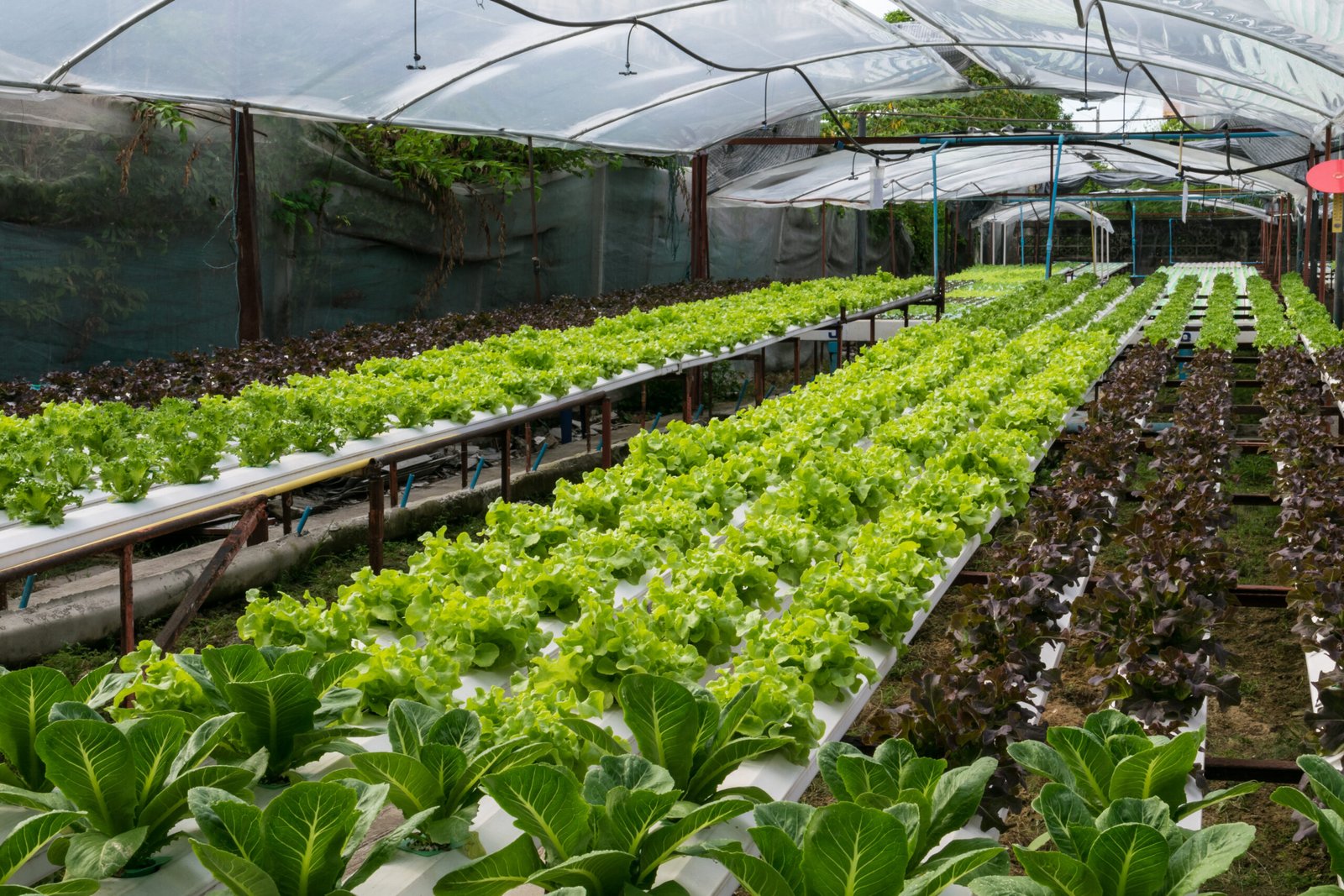⚫ Introduction:
Maintaining the proper PH level in hydroponics/soilless farming is crucial for the health andproductivity of your plants. The PH level fluctuations affects nutrient availability and uptake,and an imbalance can lead to nutrient deficiencies or toxicities. Here’s a detailed guide on how to maintain pH in hydroponics/soilless, ensuring your plants don’t face any nutrient related deficiency issues.
⚫ Understanding PH in Hydroponics/Soilless Farming
PH Basics: Know the Numbers
- PH Scale: The pH scale ranges from 0 to 14, with 7 being neutral, values above 7 are alkaline and Values below 7 are acidic.
- Ideal pH Range: For most plants whether is soilless culture or in soil, the optimal pH range is between 5.5 and 6.5. This range allows maximum nutrient availability and can be easily maintained in soilless culture-based farming.
⚫ Why pH Matters in Hydroponics/Soilless Culture Based farming
- Nutrient Availability: The solubility of nutrients varies with pH levels. For example, iron is more available at lower pH, while calcium and magnesium are more available at higher pH. Therefore, Jyoti hydroponics has practice on the nutrient recipes for years and have come up with precise nutrient recipes as per the crop requirement from first day to last day of harvest.
- Nutrient Uptake: Plants absorb nutrients more efficiently within the optimal pHrange. Outside this range, nutrient uptake can be impaired, even if nutrients are present. Therefore the nutrient solution that we prepare, we make sure that our pH is always maintained.
⚫ Tools for Measuring PH: Precision Matters
PH Meters: Digital Accuracy
- Digital pH Meters: Provide accurate and instant readings. They require regular calibration and maintenance.
PH Test Strips: Quick and Easy
- PH Test Strips: These strips change color based on the pH of the solution. They are not that accurate but can be taken under consideration as they are inexpensive and Easy to use.
Liquid pH Test Kits: Reliable Indicators
- Liquid pH Test Kits: Use a liquid reagent that changes color to indicate pH. More accurate than strips but less than digital meters.
⚫Steps to Maintain pH in Hydroponics
Regular Monitoring: Stay on Top of It
- Frequency: Check the pH daily of fertigation water and strained water from the soilless culture, to catch any fluctuations early.
- Record Keeping: Maintain a log of pH readings to identify trends and make informed adjustments.
Adjusting pH Levels: Fine-Tune Your Solution
- PH Up and pH Down Solutions: Use commercially available solutions to raise orlower pH. Add these solutions gradually and test frequently.
- Natural Alternatives: Vinegar or citric acid can lower pH, while baking soda orpotassium hydroxide can raise it. Use these cautiously, as they can affect nutrient balance as well.
Buffering Solutions: Stability is Key:
- PH Buffers: Add pH buffers to your nutrient solution to stabilize pH. Buffers help maintain a consistent pH level despite fluctuations in water quality or nutrient concentration.
⚫Nutrient Solution Management: Fresh and Balanced
- Fresh Solution: Use fresh Fertigation water with the nutrients added in it every day, to prevent nutrient imbalances and pH drift.
- Mixing Nutrients: Add nutrients in the correct order. For example, dissolve calcium nitrate separately before adding it to the main solution to prevent precipitation. Therefore we have come up with exact nutrient recipes as per the crop requirements.
Water Quality: Pure and Simple
- Source Water: Use high-quality water, such as reverse osmosis (RO) water or any water with less then 100 TDS, to prevent pH issues caused by impurities.
- Water Testing: Test your water source regularly for pH and hardness. Adjust your nutrient mix accordingly.
Hydroponic System Maintenance: Clean and Green
- Clean System: Regularly clean and disinfect your hydroponic system to prevent microbial growth that can affect pH.
- Prevent Algae: Algae can raise pH levels. Prevent algae growth by covering reservoirs and using opaque materials.
⚫ Troubleshooting Common PH Problems
Sudden PH Fluctuations: Don’t Panic!
- Causes: Rapid pH changes can be caused by adding too much pH adjuster at once, microbial activity, or system contamination.
- Solution: Make small adjustments, clean your system regularly, and use buffered nutrient solutions.
Chronic High or Low pH: Persistent Problems?
- Causes: Persistent pH issues can be due to poor water quality, incorrect nutrient mixes, or inadequate buffering of Soilless Culture.
- Solution: Test and adjust your water source, review your nutrient regimen, and add pH buffers if needed.
⚫ Conclusion: Mastering pH for Hydroponic Success Maintaining the right pH level in hydroponics is essential for healthy plant growth and optimal nutrient uptake. By regularly monitoring and adjusting pH, using quality water and nutrients, and keeping your system clean, you can ensure your hydroponic plants thrive. At Jyoti Hydroponics, we provide the tools and knowledge to help you achieve success in your hydroponic farming endeavors.
For more tips and expert advice, visit our website at Jyoti Hydroponics.




0 Comments